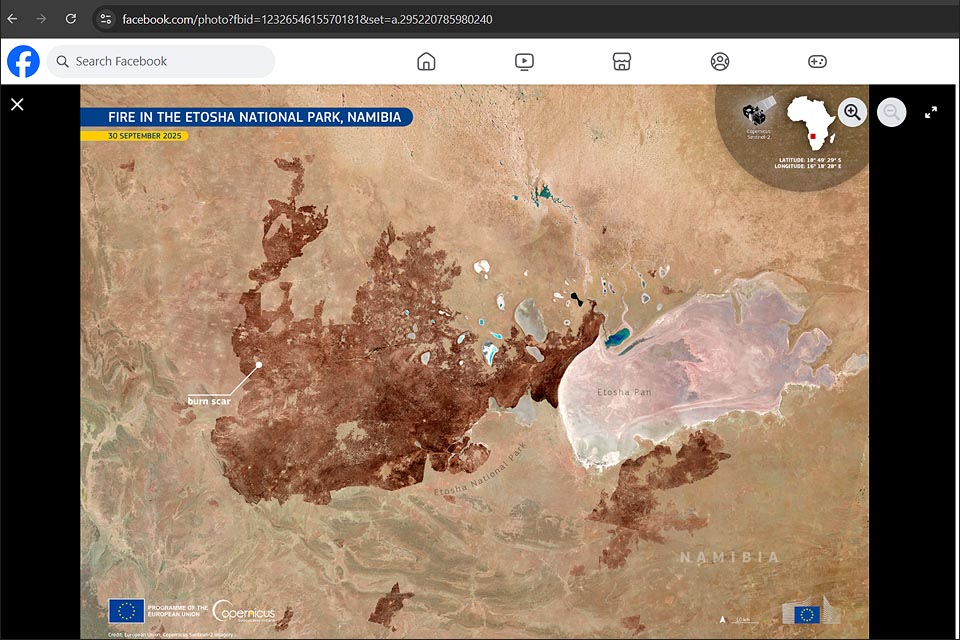
Th highlight of the celestial events at night in January is a 'theatrical performance' by six planets. Mars, Jupiter, Venus and Saturn as well as Uranus and Neptune line up in the evening after sunset. Only Mercury is missing.
However, only the first four planets can be seen with the naked eye. For Uranus and Neptune, on the other hand, you need a good pair of binoculars. Or better still, a telescope, which some lodges in Namibia have to offer.
And a dark sky. That's why the planetary roundelay is coming into its own only these days. The moon has been waning for almost a week and now only rises at night.
Above all, of course, you need to know exactly where Uranus and Neptune are. The best way to track them down is to use the four planets that are visible to the naked eye as a guide.
Where to find Uranus and Neptune?
Mars has a reddish glow in the evening in the east. Jupiter can be found high in the sky above the constellation Orion in the south-east. Venus and Saturn are close together in the south-west, but are moving away from each other from day to day.
Uranus is 'to the right' of Jupiter. It forms a triangle with Jupiter and the open star cluster of the Pleiades. Neptune is difficult to find. It is slightly higher in the eastern sky than Venus and Saturn.
From 10.15 p.m. onwards, Venus and shortly afterwards Saturn bow out. They are followed half an hour later by Neptune. Uranus can be seen until around 1.45 am. Jupiter sets at around 3.00 am, Mars is visible until dawn. Mercury does not rise until around 5.30 a.m., shortly before the sun (see also TimeAndDate.com).
Why are the planets 'lining up'?
The fact that the planets are roughly aligned and not just anywhere in the sky is not a sensation. All the planets in our solar system were formed from a flat disc of gas and dust that once surrounded our young sun. They now orbit the sun on paths that are roughly in the same plane.
Seen from Earth, this and the Earth's rotation result in a narrow strip. It runs along an imaginary line that the sun appears to draw in the sky: the so-called ecliptic.
Comet in the south-west
Another highlight in Namibia's starry sky in January is comet C/2024 G3 (ATLAS). Since the moon has been waning, it has been clearly visible. But only briefly. The comet is low in the west-south-west in the evening and sets shortly before 20.55 (see interactive star chart on TimeAndDate.com ).
If you want to observe C/2024 G3 (ATLAS), you only have a few days left. Its brightness fades at the end of January. We won't see it again either: It takes hundreds of thousands of years to orbit the sun (see TimeAndDate.com).

The moon phases in January (times for Windhoek): first quarter 7 Jan, full moon 14 Jan, last quarter 21 Jan, new moon 29 Jan.
You can find out more about the starry sky in December in the Astro-News by Lutz von Dewitz in the news section Namibia Scientific Society.
Sven-Eric Stender





.png?width=82&height=85&name=Navigate%20Namibia-03%20(1).png)
SUBMIT YOUR COMMENT